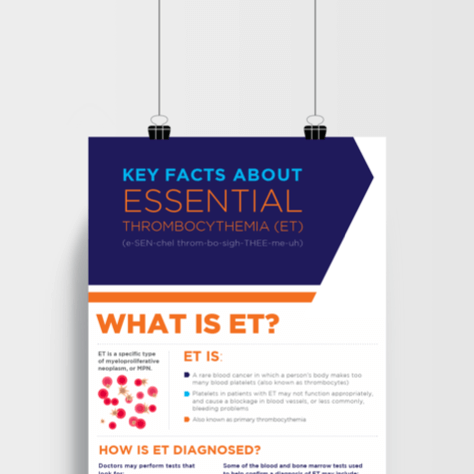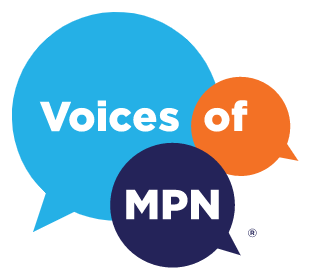


What Causes ET?
The exact cause of this condition is not known. But about half of all people with this condition have a mutation—or change—in a certain gene that normally helps the body produce blood cells.
Mutations of other genes have also been linked to essential thrombocythemia (ET).
What Other Conditions Can ET Cause?
The greatest health risk in people with ET is an increased risk of developing blood clots, which could lead to heart attack or stroke. Essential thrombocythemia can also cause other problems, including bleeding, if the person’s platelet count becomes very high. A person may experience bleeding as nosebleeds, bruising, bleeding from the mouth or gums, or bloody stool. Some people who have ET may develop acute leukemia, which is a type of blood and bone marrow cancer. In some people, ET can transform to myelofibrosis (my-ah-lo-fye-BRO-sis), or MF. This is a condition in which a defect in the bone marrow causes it to make too many or too few blood cells and can cause scar tissue to build up in the bone marrow.
Receive Updates on Essential Thrombocythemia
Sign up today to receive an ET awareness bracelet and educational resources.
Find Out What Else You Should Know About ET
Read the blog article: Get facts on essential thrombocythemia (ET)






